船用LNG-柴油双燃料发动机燃烧特性研究毕业论文
2020-04-09 15:37:06
摘 要
近年来,环境污染问题的日益加剧给船舶行业的发展带来了很大的限制作用,各国也先后对船舶的排放制定了严格的要求,然而无论是对燃料使用前的脱硫处理还是对于排气后处理这些方式都会对柴油机的经济性能造成很大的影响,因此寻找可替代的清洁能源成为船舶行业发展的重要方向。
与传统的柴油机相比,LNG-柴油双燃料发动机具有相当的动力性能以及更好的经济性能和排放性能,其经济性能主要体现在天然气与石油的价格差距上,天然气的燃烧产物具有清洁性,能够在根本上降低发动机的排放,因此本文将对LNG-柴油双燃料发动机展开一系列研究,利用Converge软件对Z6170型号发动机的缸内燃烧过程进行三维仿真模拟,通过改变发动机的喷油提前角、进气压力、进气温度、天然气替代率,研究分析其对发动机燃烧特性及排放特性的影响并提出合理的优化建议。
- 分析研究不同喷油提前角对船用LNG-柴油双燃料发动机的影响,结果表明当喷油提前角从8°CABTDC增大到20°CABTDC时,缸内压力和温度上升,且峰值出现的时刻不断提前,通过温度场分布可以看出,随着喷油提前,上止点处时缸内已燃区域明显增多。通过NO变化曲线可以看出随着喷油提前角的增大,NO的排放量会呈现先增大后减小的趋势,当喷油提前角为12°CABTDC和16°CABTDC时,两者的NO排放量基本一致,当喷油提前角为20°CABTDC时,NO的排放少于以上两种情况。同时随着喷油提前角的增大,最终的HC排放呈下降趋势。结合发动机动力性、经济性、排放性考虑,喷油提前角为16°CABTDC时较为合适。
- 分析研究不同进气压力对船用LNG-柴油双燃料发动机的影响,结果表明当进气压力从0.105MPa增大到0.15MPa时,缸内压力不断增大,温度反而呈下降趋势,这是因为进气压力增大时,缸内工质充量大,热容比较高。通过排放情况对比可以看出发动机NO的排放量随着进气压力的增大反而降低,同时HC的排放也会呈下降趋势。结合发动机动力性、经济性、排放性考虑,进气压力选择0.14MPa时较为合适。
- 分析研究不同进气温度对船用LNG-柴油双燃料发动机的影响,结果表明随着进气温度从320K增加到350K时,缸内压力曲线显著升高,当进气温度从350K增加到410K时,缸内压力曲线差异不大但稍稍呈下降趋势,缸内平均温度随着进气温度的增大而增加。通过对比排放情况可以看出,NO和HC的排放量随着进气温度的增加而增加。结合发动机动力性、经济性、排放性考虑,进气温度选择350K时较为合适。
- 分析研究不同天然气替代率对船用LNG-柴油双燃料发动机的影响,结果表明随着天然气替代率从20%增加到80%时,缸内压力和温度不断增加。通过排放情况对比可以看出NO和HC的排放会随着替代率的增大而增大。结合发动机动力性、经济性、排放性考虑,天然气替代率选择60%时较为合适。
关键词:LNG-柴油双燃料发动机、喷油提前角、进气压力、进气温度、替代率、燃烧、排放
ABSTRACT
In recent years, the increasing environmental pollution problems have brought great limitations to the development of the shipbuilding industry. Some stringent requirements for the discharge of ships has been set by countries. However, both the desulfurization treatment before the use of fuel and the exhaust Post-processing of these methods will have a great impact on the economic performance of diesel engines, so finding alternative clean energy has become an important direction for the development of the marine industry.
Compared with traditional diesel engines, LNG-diesel dual-fuel engines have considerable power performance and better economic performance and emission performance. Their economic performance is mainly reflected in the lower price and cleaner combustion products of natural gas and it can reduce the emission of the engine from the source.In the present study, a three-dimensional model of the Z6170 engine was set up by means of the CONVERGE CFD code to investigate the combustion process of the Z6170 engine. A serious of researches were conducted to gain a clear idea of the effect of the injection timing, intake pressure and temperature and the natural gas substitution rate on the combustion and emission characteristics of the dual-fuel engine to put forward reasonable suggestions for the optimization of engine performance.
(1) Analyzing the influence of different injection advance angles on marine LNG-diesel dual-fuel engines. The results show that when the injection advance angle increases from 8°CABTDC to 20°CABTDC, the in-cylinder pressure and temperature rise, and the peak appears. The moment of time is continuously advanced. It can be seen from the distribution of the temperature field that, as the injection advances, the burned area in the cylinder at the top dead center increases significantly. From the NO change curve, it can be seen that with the increase of the injection advance angle, the NO emission will increase first and then decrease. When the injection advance angle is 12° CABTDC and 16° CABTDC, both NO emissions are basically the same. When the injection advance angle is 20°CABTDC, NO emissions are less than the above two conditions. At the same time, as the injection advance angle increases, the final HC emissions show a downward trend. Considering engine dynamics, economy, and emission considerations, a 16° CABTDC injection angle is appropriate.
(2) Analysing the influence of different inlet pressures on marine LNG-diesel dual fuel engines. The results show that when the inlet pressure increases from 0.105 MPa to 0.15 MPa, the in-cylinder pressure increases and the temperature shows a downward trend. This is because when the inlet pressure increases, the charge in the cylinder is large, and the heat capacity is relatively high. From the comparison of emissions, it can be seen that the emission of engine NO decreases with the increase of the intake pressure, and the HC emissions will also show a downward trend. Considering engine dynamics, economy, and emissions considerations, it is more appropriate to select a pressure of 0.14 MPa for the intake air pressure.
(3) Analyzing the influence of different intake air temperature on marine LNG-diesel dual-fuel engine. The results show that as the intake air temperature increases from 320K to 350K, the in-cylinder pressure curve increases significantly, when the intake air temperature increases from 350K to At 410K, the difference in the pressure curve within the cylinder is not significant but the trend is slightly downward. The average temperature in the cylinder increases with the increase of the intake air temperature. By comparing the emissions, it can be seen that the emissions of NO and HC increase with the intake air temperature. Considering engine power, economy, and emission considerations, it is appropriate to select the intake air temperature at 350K.
(4) Analyzing the effects of different natural gas replacement rates on marine LNG-diesel dual-fuel engines. The results show that as the natural gas replacement rate increases from 20% to 80%, the pressure and temperature in the cylinder increase continuously. From the comparison of emissions, it can be seen that the emission of NO and HC will increase with the replacement rate. Considering engine dynamics, economy, and emission considerations, it is appropriate to select a natural gas substitution rate of 60%.
Key words: LNG-diesel dual fuel engine, Injection advance angle, Intake pressure, Intake temperature, Replacement rate, Combustion,Emissions
目录
第一章 绪论 1
1.1研究背景 1
1.2研究的目的及意义 2
1.3 双燃料发动机研究现状 2
1.3.1 双燃料发动机国外研究现状 3
1.3.2双燃料发动机国内研究现状 3
1.4 本文主要研究内容 4
第二章 发动机数学模型的建立 5
2.1 基本守恒方程 5
2.2.1破碎模型 6
2.2.2碰壁模型 6
2.2.3蒸发模型 7
2.3湍流模型 7
2.4燃烧模型 7
2.5 本章小结 7
第三章 发动机几何模型的建立及模型验证 8
3.1 发动机的基本参数 8
3.2 发动机仿真模型的建立 8
3.3初始条件和边界条件的设置 8
3.4 模型的准确性验证 9
3.5 本章小结 9
第四章 仿真分析 10
4.1喷油提前角对LNG-柴油双燃料发动机的影响 10
4.1.1 喷油提前角对LNG-柴油双燃料发动机燃烧特性的影响 10
4.1.2 喷油提前角对LNG-柴油双燃料发动机排放特性的影响 12
4.2 进气压力对LNG-柴油双燃料发动机的影响 14
4.2.1 进气压力对LNG-柴油双燃料发动机燃烧特性的影响 14
4.2.2 进气压力对LNG-柴油双燃料发动机排放特性的影响 16
4.3进气温度对LNG-柴油双燃料发动机的影响 17
4.3.1 进气温度对LNG-柴油双燃料发动机燃烧特性的影响 18
4.3.2 进气温度对LNG-柴油双燃料发动机排放特性的影响 20
4.4 天然气替代率对LNG-柴油双燃料发动机的影响 21
4.4.1 天然气替代率对LNG-柴油双燃料发动机燃烧特性的影响 21
4.4.2 天然气替代率对LNG-柴油双燃料发动机排放特性的影响 24
4.5本章小结 25
第五章 全文总结与工作展望 26
5.1 全文总结 26
5.2工作展望 26
致 谢 28
参考文献 29
第一章 绪论
1.1研究背景
随着工业革命的发展,人类社会逐步由手工劳动进入了机器自动化时代,从原始社会砖木取火的薪柴到之后的煤炭,石油等清洁能源的使用,能源结构也发生了一系列的改变,特别是内燃机的广泛应用,使得石油逐渐取代煤炭的地位成为世界第一能源,它不仅带动了汽车,航海,航空领域等多种产业的发展,而且对世界经济也起着重要的支撑作用,但工业的发展导致世界能源的消耗与日俱增,二十世纪七十年代以来,石油危机的频频爆发使得原油价格不断上升,世界石油探明的储量也日趋减少,这些因素都对传统柴油机的使用起了很大的限制作用。另一方面,柴油机的排放物中包含了大量的氮氧化物,未燃碳氢,CO2,SO2等多种有害物质,对全球环境和人体健康造成了很大的危害,特别是二十一世纪以来,经济全球化的发展使得各国之间贸易增多,航运业也得到了快速的发展,能源短缺与环境污染问题也进一步加剧。为此国际上关于船舶排放方面的话题越来越多,各国也开始加强对船舶污染物的排放要求,国际海事组织对柴油机的各项排放指标制定了更为严格的标准[1]。
表 1-1 柴油主机 NOx 排放标准(MARPOL)
g/k·Wh | nlt;130 | 130lt;nlt;2000 | ngt;2000 |
2000-2011 | 17.0 | 45n(-0.2) | 9.8 |
2011 以后 | 14.4 | 44n(-0.2) | 7.7 |
2016 以后 | 3.4 | 9n(-0.2) | 2.0 |
表 1-2 船舶使用燃油硫含量(MARPOL)
生效时间 | 硫氧化物控区(SECA) | 欧盟港口停泊超过两小时 | 美国加州 24海里内水域 | 其他区域(无特殊要求区域) |
2010.01.01前 | 1.5%m/m | — | — | 4.5%m/m |
2010.01.01后 | 1.5%m/m | 0.1%m/m | — | 4.5%m/m |
2010.07.01后后 | 1.0%m/m | 0.1%m/m | 0.1%m/m | 4.5%m/m |
2012.01.01后后 | 1.0%m/m | 0.15%m/m | 0.1%m/m | 3.5%m/m |
2015.01.01后后 | 0.1%m/m | 0.1%m/m | 0.1%m/m | 3.5%m/m |
2020.01.01后 | 0.1%m/m | 0.1%m/m | 0.1%m/m | 0.5%m/m |
从以上两个图表可以看出,IMO对船舶的减排规则要求越来越严格,这使得传统的柴油机模式越来越不能适应当今时代发展的需求,寻找一种新型的清洁可替代能源成为船舶发展的重要方向。
1.2研究的目的及意义
以上是毕业论文大纲或资料介绍,该课题完整毕业论文、开题报告、任务书、程序设计、图纸设计等资料请添加微信获取,微信号:bysjorg。
相关图片展示:
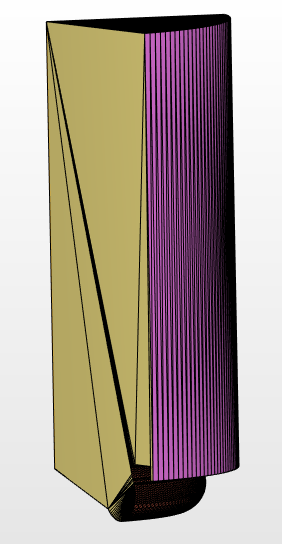
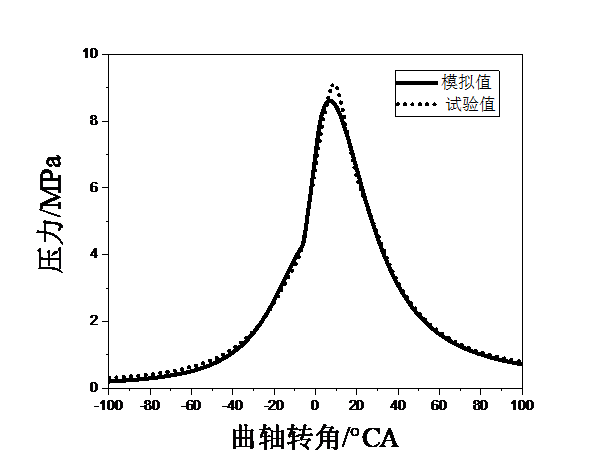
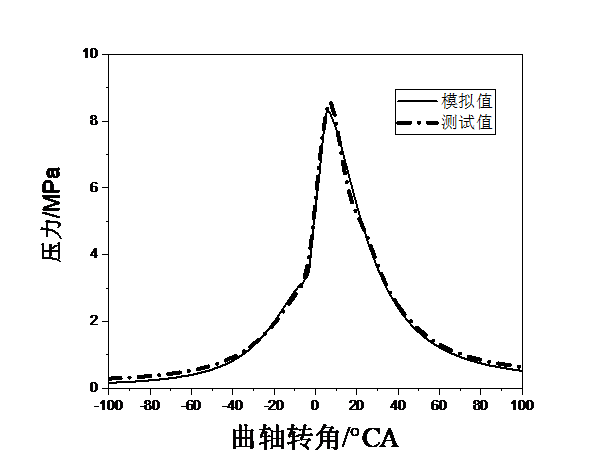
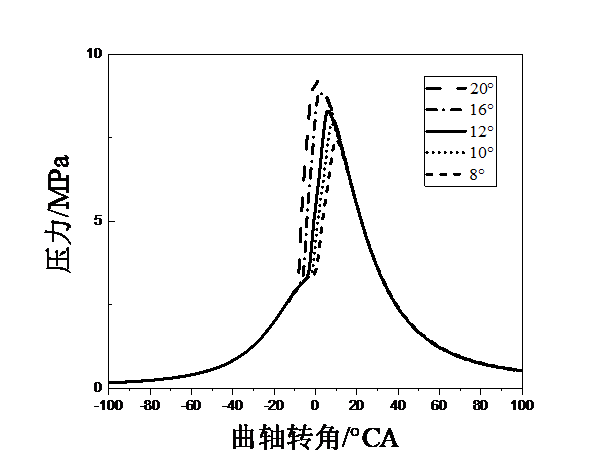
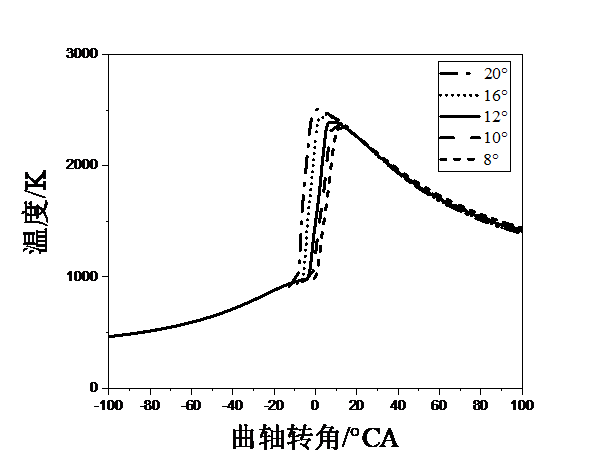
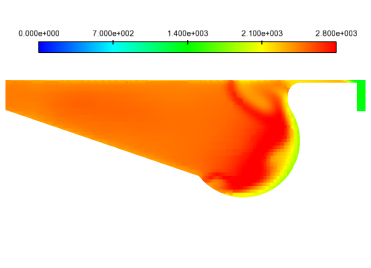
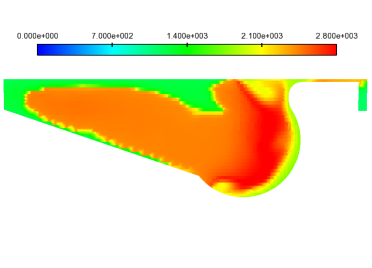
课题毕业论文、开题报告、任务书、外文翻译、程序设计、图纸设计等资料可联系客服协助查找。



